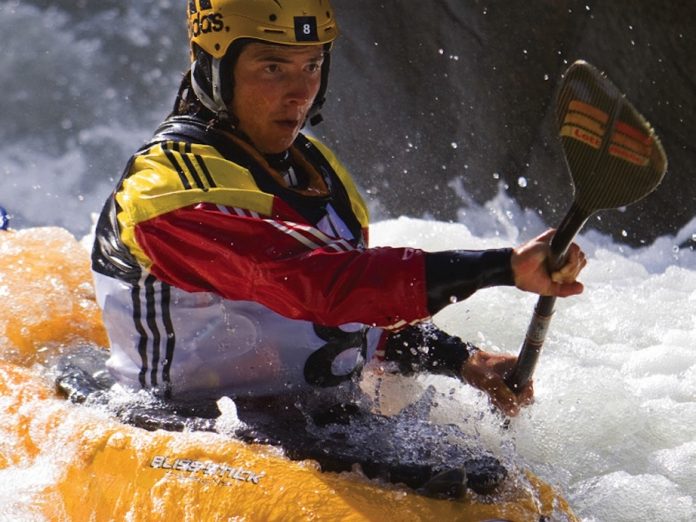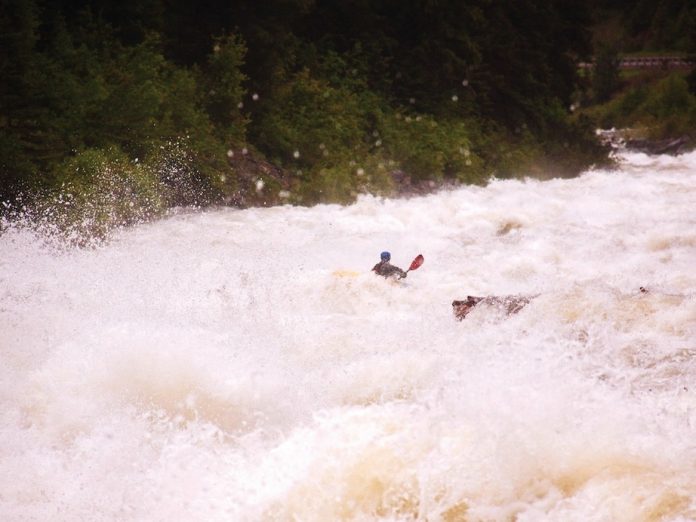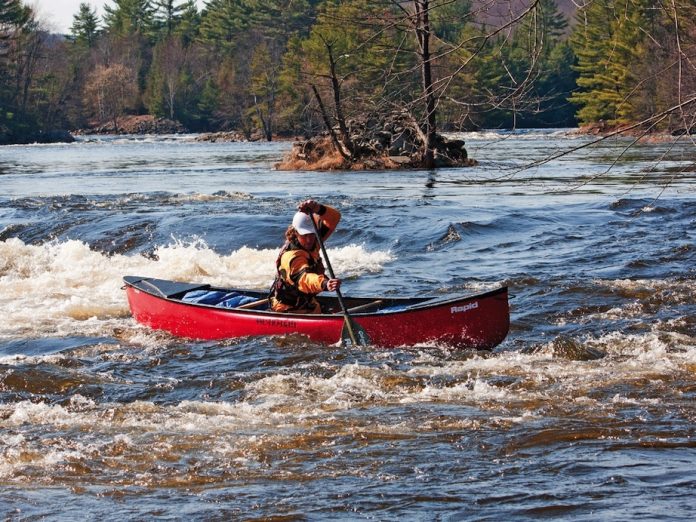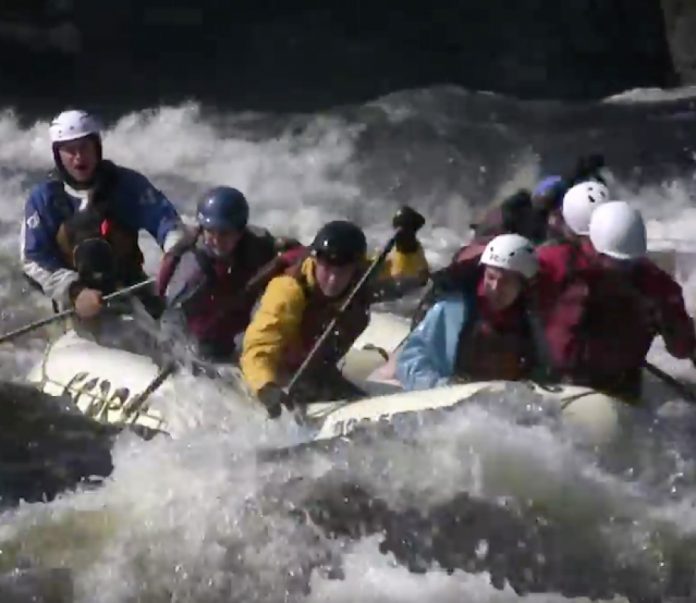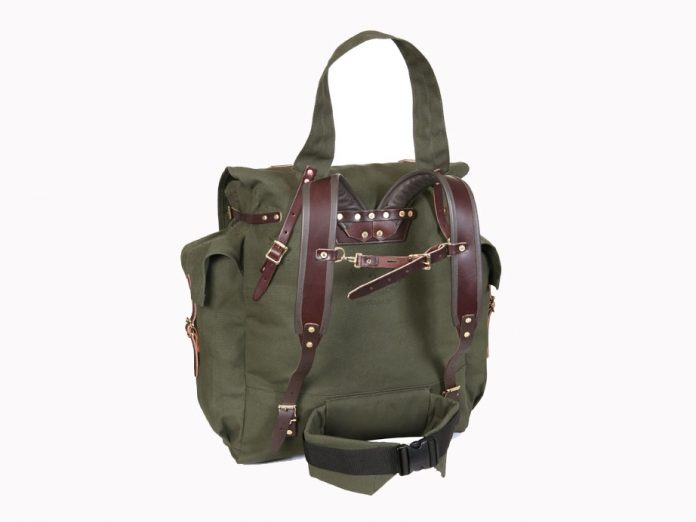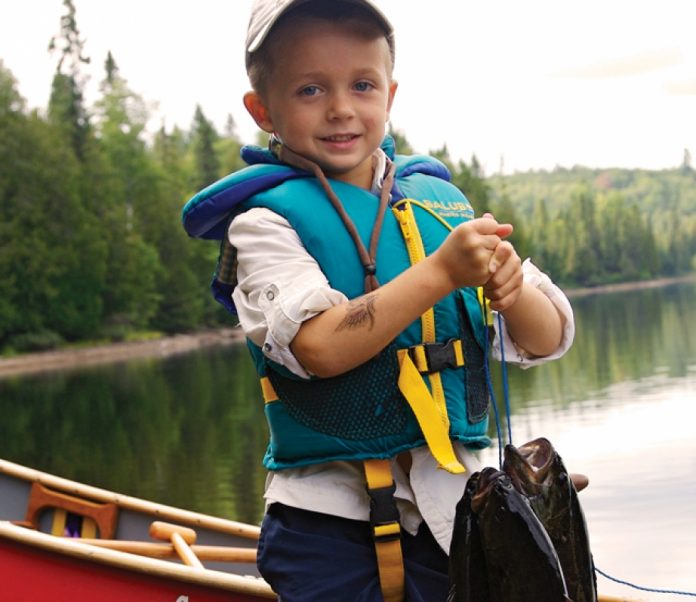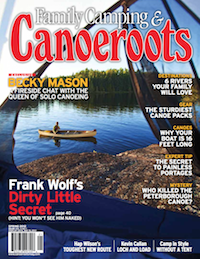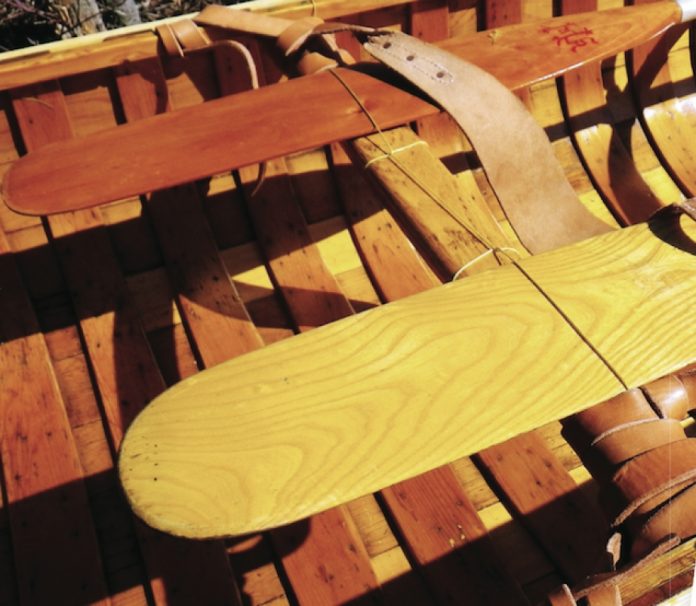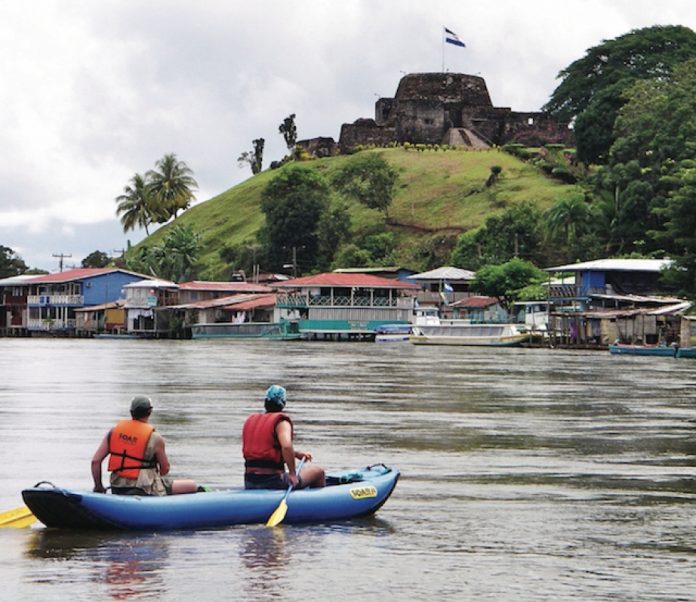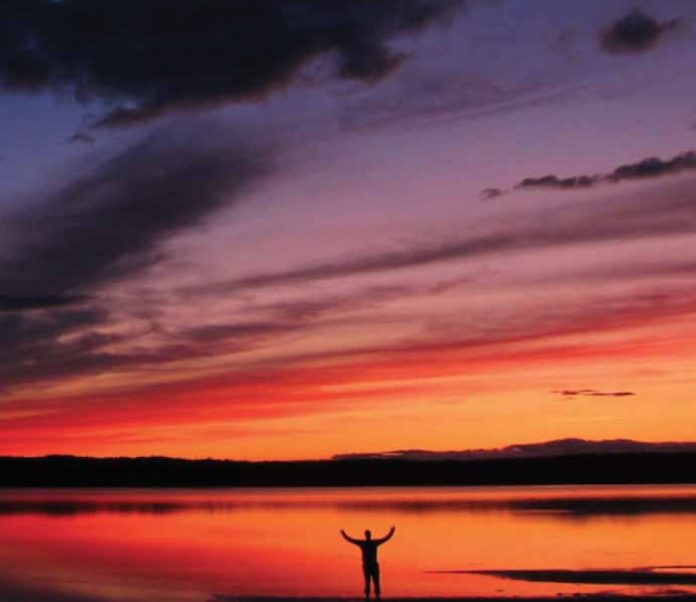Four years ago at the inaugural, much-hyped Adidas Sickline Extreme Kayak World Championships in Oetzal, Austria, a fiery young paddler from New Zealand stole second place, just 11/100ths of a second behind the winner, from a field of 50 top European finalists.
In 2010 and again last year, Sam Sutton, 23, took the heavy brass belt of World Champion for himself, smashing the course record in the process and adding the coveted championship to a growing list of race wins.
With his silky smooth, power-packed paddling style, Sutton is dominating the extreme racing scene. His seemingly innate ability to place perfectly timed stokes on even the hardest whitewater courses has earned him the podium at many top races, including the Teva Mountain Games and Norway’s Voss Extreme Week.
“Sam has this outstanding mental ability to relax and perform under pressure, allowing him to pull off amazing results at the crucial moments,” says fellow Kiwi racer, Josh Neilson.
Growing up within walking distance of the Kaituna River on New Zealand’s North Island, Sutton’s endless energy and enthusiasm earned him the respect and tutelage of the area’s best paddlers, including local legend James Moore and successful international competitor Kenny Mutton. But it wasn’t until Sutton’s second overseas experience in 2007, which took him from Uganda to Canada then on to California, that he got his taste for hard Class V boating. It was while running these difficult rivers that he honed his mental edge, learning to react to any situation quickly and calmly.
Wins at local races, then international events, followed. Sutton traveled to Austria hoping to prove himself at what was being billed the Extreme Race World Championships. He did just that, scooping a podium finish from Tao Berman, the only other non-European Sickline finalist.
Sutton’s talents translate into “one of the smoothest racing styles to date,” says Sickline creator and team manager, Olaf Obsommer, who signed the young Kiwi to the Sickline Team in 2008 after his outstanding performance at the World Championships.
Last year, the pair traveled the globe to produce Searching for the River God; Obsommer filming and Sutton paddling in the hardest conditions imaginable.
“What impresses me most about Sam is his character; he is not a stress maker or neurotic, he has incredible mental power,” says Obsommer, who works regularly with world-class boaters like Mariann Saether and Nick Troutman. “He is also a powerhouse yet doesn’t look like one, his movement is so fast and precise at the same time.”
Catching up with Sam in his hometown of Okere Falls, NZ, you would never know he is a world champion. “My life doesn’t revolve around kayaking,” he explains with typical Kiwi candor, “it is something I enjoy doing and I do it well…so that is sweet.”
With the launch of his new business, Rotorua Rafting, on the Kaituna River last August, Sutton is busy balancing his racing career with being an entrepreneur. He’s planning another world tour for 2012, hitting all the major events: Teva Mountain Games in Vail, Extreme Outdoor Games in Italy, Voss Extreme Week in Norway, the invitation-only Whitewater Grand Prix in Chile and, of course, defending his title at Sickline.
“Someone has to keep those North Americans and Europeans at bay,” Sutton declares confidently. “I have no plans to hang up my title any time soon.”



